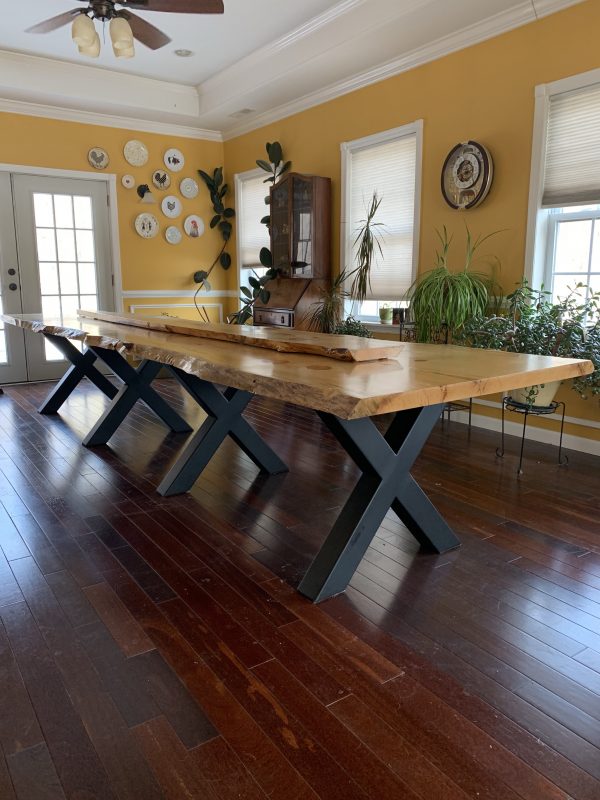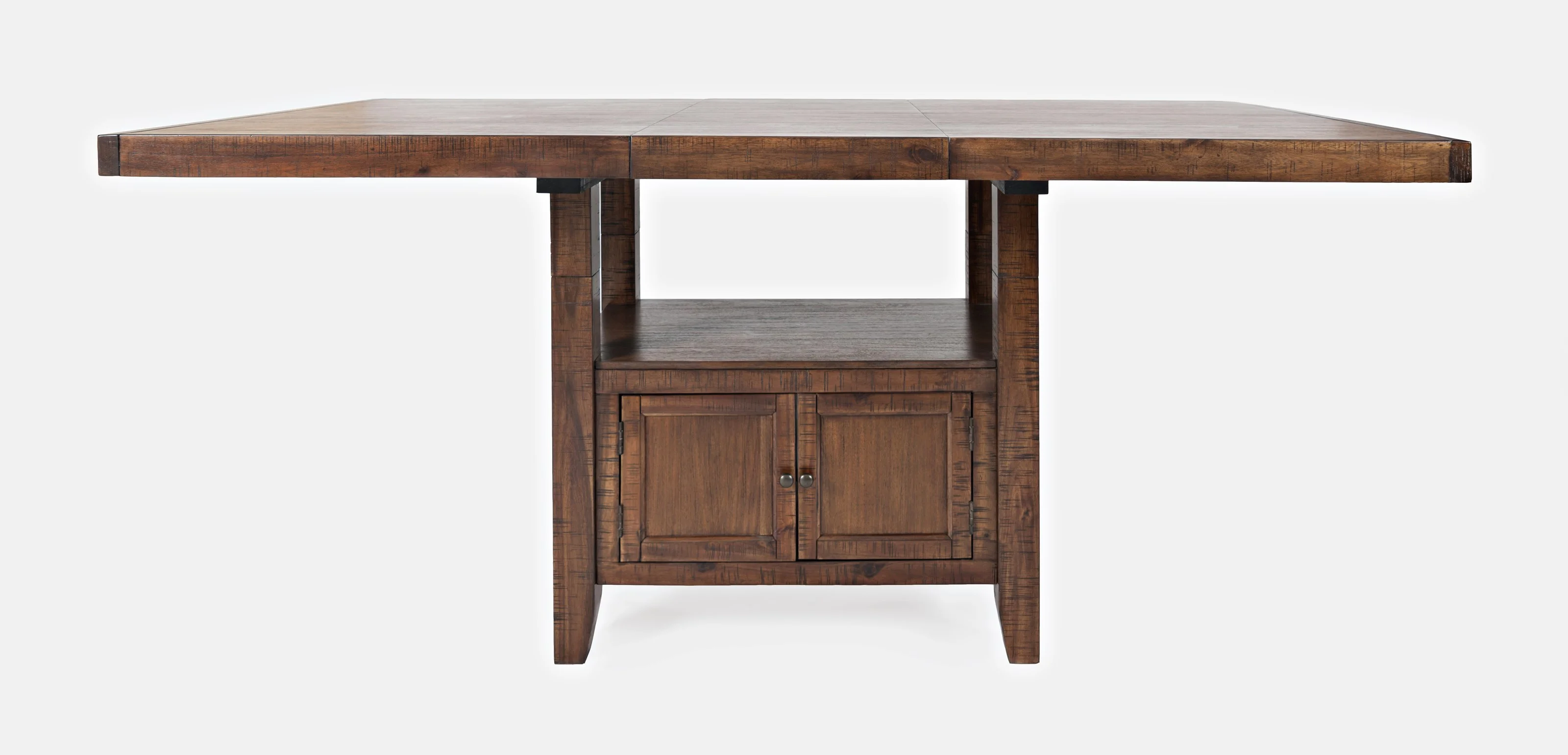Dining Room Table Legs: A Guide to Selecting the Right Style for Your Home
Dining Room Table Legs: A Guide to Selecting the Right Style for Your Home
Blog Article
Professional Tips for Installing Dining-room Table Legs for Maximum Stability
When it comes to setting up eating room table legs, accomplishing optimum security is critical for both capability and aesthetic appeals. What details techniques can improve security also better?
Choose the Right Legs
When choosing the proper legs for your dining-room table, it is vital to take into consideration both functionality and aesthetic appeals. The legs you pick will substantially influence the overall layout and security of the table. Evaluate the table's intended use; if you anticipate frequent gatherings, tougher legs, such as those made from strong timber or steel, might be extra ideal, as they supply raised durability and support.
Standard dining tables usually vary from 28 to 30 inches in height, so guarantee the legs straighten with this criterion for comfort. Tapered legs can include a contemporary touch, while turned legs could communicate a more timeless aesthetic.

Select Appropriate Equipment
Just how can the best equipment boost the stability and durability of your eating area table? The selection of proper equipment is crucial to ensuring that the legs of your table are safely affixed and able to withstand routine use. Top notch screws, screws, and brackets provide the essential strength to support the weight of the table, in addition to any kind of additional lots positioned upon it during gatherings or meals.
When choosing screws, choose those made from long lasting products such as stainless-steel or brass, which resist corrosion and preserve stability gradually. The size of the screws is just as vital; they need to penetrate deeply into the table's structure without compromising integrity. For bolted connections, consider using lock washers to prevent loosening because of resonance or activity.
Additionally, using edge braces can add extra assistance, particularly for larger tables or those with larger tops. These braces distribute weight evenly and aid preserve the table's shape. Making certain that the equipment you select is appropriate for the details products of your table will better improve its overall security and durability, permitting you to enjoy your dining experience for years ahead.
Ensure Appropriate Alignment
Proper positioning of eating room table legs is crucial for both aesthetic allure and functional stability. To attain optimal positioning, start by measuring the range from the table's edges to the leg attachment points.
Make use of a degree during installment to validate that each leg is perpendicular to the tabletop. This step is critical, as even minor disparities can rise into considerable security issues gradually. It is advisable to mark the desired leg settings on the bottom of the table with a pencil or masking tape before securing them. This method works as an aesthetic overview, permitting changes as needed.
Additionally, double-check the positioning after the first screws are tightened, as modifications might be essential prior to totally securing the hardware. By focusing on correct placement, you not just boost the table's total layout yet additionally make certain that it continues to be practical and steady for many years to find.

Consider Weight Circulation
After making certain correct positioning of the dining room table legs, it is necessary to think about weight circulation to boost stability and functionality. dining room table legs. Appropriate weight distribution is critical in protecting against tottering and making certain that the table can sustain its designated load without threat of tipping or breaking down
When placing the legs, guarantee they are put at equal ranges from the facility of the table to evenly distribute the weight throughout the structure. Consider the weight of the tabletop and any things that will frequently relax on it, such as attractive items or tabletop appliances. Tables with larger surfaces must ideally have legs located closer to the corners, as this takes full advantage of the base of support and lessens the risk of instability.
In addition, if the table is planned for use in a high-traffic location, take into consideration using heavier products for the legs or adding supporting components, such as cross-bracing or a lower rack - dining room table legs. These modifications can aid maintain equilibrium and stop shifting during usage. Inevitably, a well-considered weight distribution strategy will substantially boost the table's overall efficiency, Clicking Here ensuring it stays a practical and eye-catching focal point for your dining room
Examination Stability Prior To Usage
Testing the stability of the dining-room table before use is a crucial step that needs to not be overlooked. Guaranteeing that the table is secure and secure can avoid mishaps and extend the lifespan of the furniture. Begin by applying gentle pressure to different factors on the table surface area. Lower on the facility and then along the edges, shifting or observing any wobbling. If the table reveals instability, recognize the legs or joints that might call for adjustment.
Following, inspect that all screws and Going Here bolts are tightened properly. Loose connections can result in instability and prospective damage with time. If essential, make use of wood glue on joints to enhance security, making sure to enable sufficient drying time.

Final Thought
Finally, the setup of eating area see table legs calls for careful factor to consider of products, hardware, weight, and positioning distribution to attain maximum security. By selecting high-grade fasteners and tough legs, guaranteeing exact placement, and distributing weight equally, the structural integrity of the table can be significantly enhanced. Performing a security examination before normal usage even more makes certain that the table will withstand daily pressures, thereby providing a safe and reputable eating experience.
When it comes to mounting eating area table legs, attaining maximum stability is vital for both performance and aesthetics. The legs you choose will substantially influence the total layout and security of the table (dining room table legs). Typical dining tables generally range from 28 to 30 inches in height, so make certain the legs line up with this standard for convenience.Correct positioning of dining space table legs is essential for both aesthetic allure and useful stability.In conclusion, the installation of dining room table legs requires careful consideration of products, alignment, equipment, and weight distribution to attain optimum security
Report this page